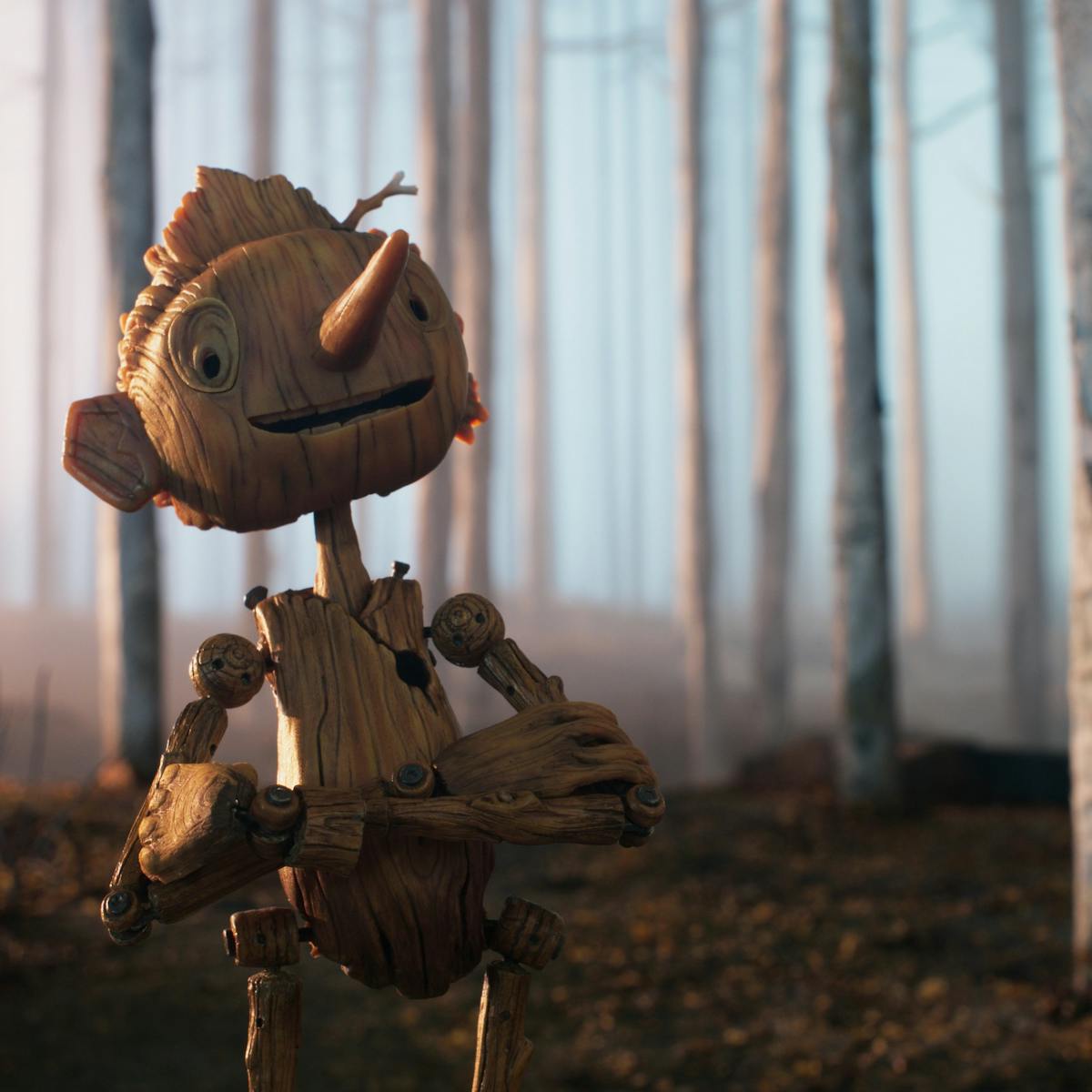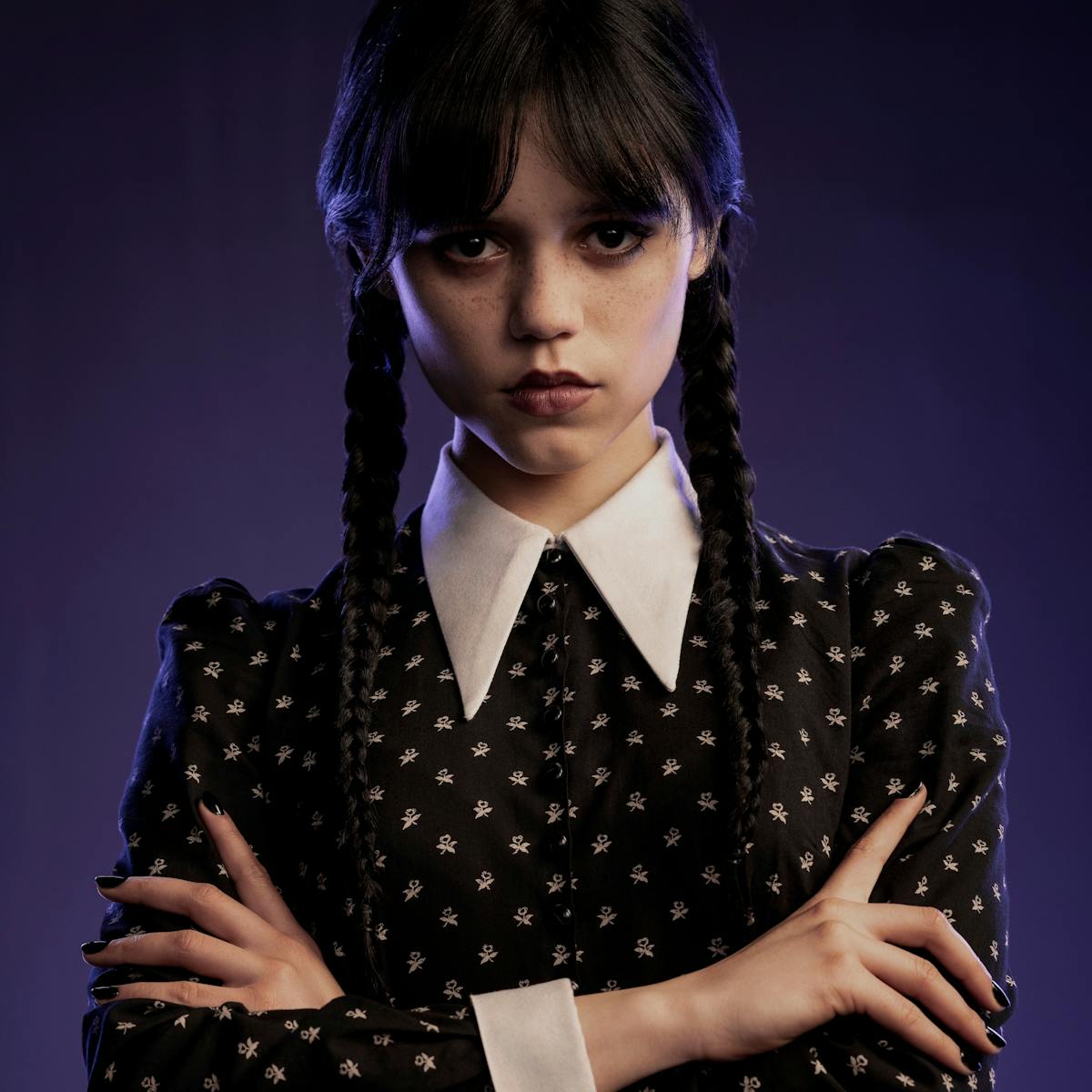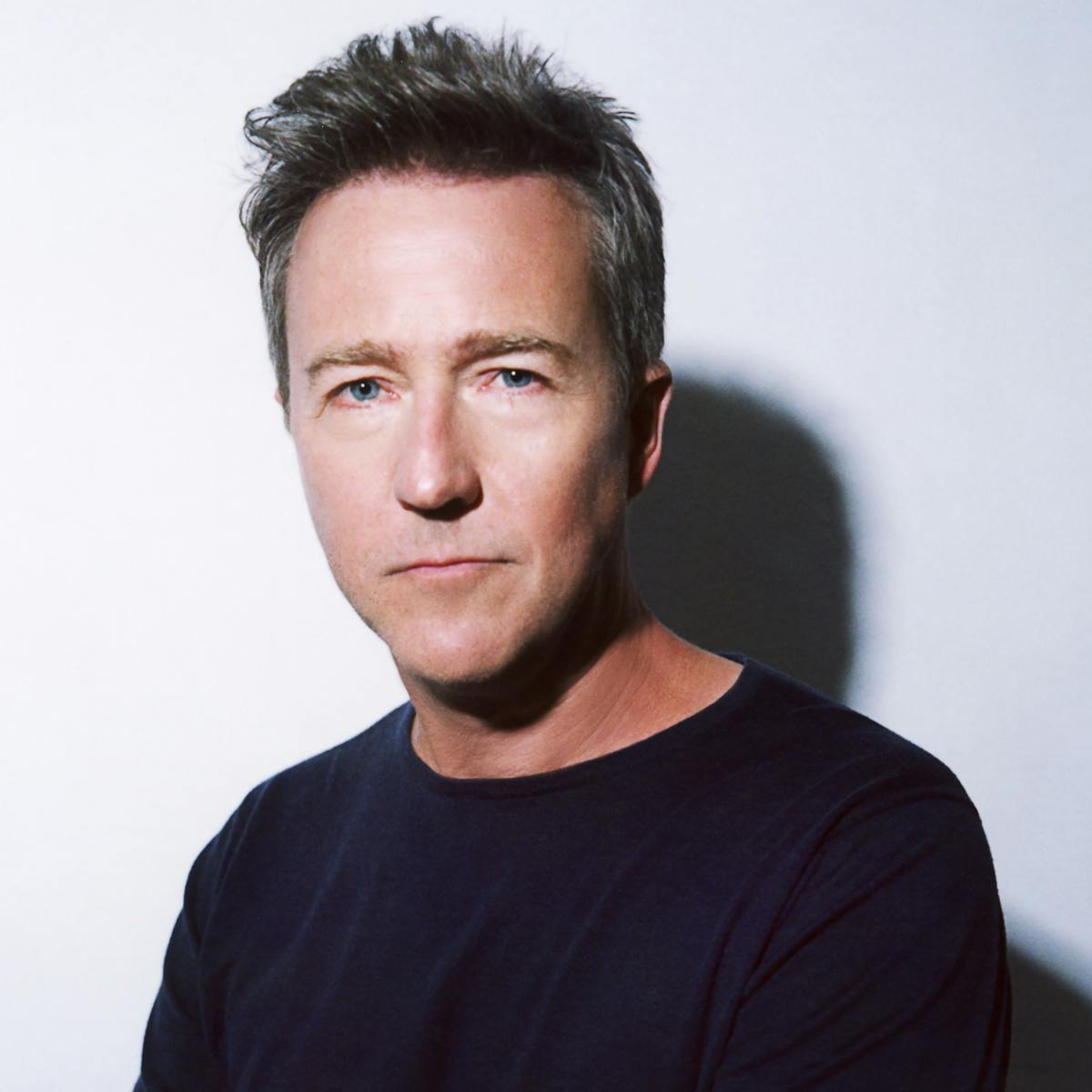Copenhagen Cowboy, Nicolas Winding Refn’s latest endeavor, finds the cult-favorite writer-director as distinctive as ever. Featuring the masterful cinematography, immersive sound design, and unique plotlines Refn is known for, the series follows Miu (Angela Bundalovic), a young, mysterious Serbian woman with inexplicable powers. After being held captive as a human good-luck charm by various mafia members, she escapes into the criminal underworld of Copenhagen and is pursued by a young, wealthy serial killer, Nicklas (Andreas Lykke Jørgensen). On full display throughout this neon-drenched thriller are the signature sense of play, high-paced electronic music, and edge-of-your-seat violence that have earned the savant both critical acclaim (including the Best Director prize for 2011’s Drive, and four other Cannes nominations over the years) and a zealous following. With Copenhagen Cowboy, Refn tells a surreal story of revenge and self-discovery that borrows from his oeuvre while also pushing new boundaries.
Refn’s start in film was organic: He grew up in Denmark with parents in the movie industry. His father is director and editor Anders Refn, known for his work alongside Lars von Trier; his mother is cinematographer Vibeke Winding. “My parents grew up on the more conventional arthouse components. I was always searching for some way to rebel,” quips Refn. “The two things my mother detested were violent American cinema and Ronald Reagan, so growing up I loved violent American films and Ronald Regan.” Yet, his mother was always supportive of whatever the young director created. Refn claims that after viewing each of his projects she would say, “Son, you are a genius.”
As a developing young filmmaker, Refn channeled that genius into every aspect of moviemaking, especially writing and directing. His debut film, 1996’s Pusher, was the first in a trilogy that, like his latest series, centered on Copenhagen’s underground crime scene. The Pusher series, which wrapped in 2005, was, until Copenhagen Cowboy, Refn’s most recent Danish project and introduced the world to now award-winning talents Mads Mikkelsen (Another Round) and Zlatko Burić (who reteams with Refn on Copenhagen Cowboy). Refn was also able to cement his auteur status and prioritize creative expression with the trilogy thanks to early supporters: “I have never known the word compromise. Suddenly one day I was able to get what would be the equivalent of $800,000 to make a movie, because of a phone call with the Danish Film Institute.”
Refn’s first films were informed by his practical knowledge of the film industry. “Prior to [Pusher], in my early 20s, I had been working for my uncle who had a distribution company,” the director recalls of his early filmmaking education. “I would go to Cannes every year, see films in the market to then suggest for him to distribute. In that time I saw that to make a movie is one thing, but to sell a movie is something else. To make a movie commercial[ly successful] is a whole other avenue. I thought to myself, How could I combine all of those components? I knew [Pusher] was going to be a crime film because crime sells, like Shakespeare would say. I made that first film with the arrogance of youth. I dropped out of film school and I learned by making.”
The aesthetics of the Pusher films are gritty and intense. While there are splotches of neon, the imagery can be intentionally ugly and rough around the edges to support the brutalist world Refn has created. However, each Pusher installment provides glimpses into Refn’s future, particularly when it comes to the aural world. Copenhagen Cowboy sees Refn reunite with Pusher’s composer, Peter Peter, and two of his longtime collaborators: editor Matthew Newman (Drive, Valhalla Rising, The Neon Demon) and composer Cliff Martinez. “Cliff, Matt, and I are like a band, and you cannot do anything without the band,” Refn notes. “The actual music for Copenhagen Cowboy is a constellation of Cliff Martinez, Julian Winding, and Peter Peter. You can say Copenhagen Cowboy is a constellation of three types of music all coming together to create a soundscape.”
Martinez, who took home the Cannes soundtrack prize for his work on The Neon Demon in 2016, has been the driving force behind many of Refn’s memorable scores, including Drive, Only God Forgives, and a short autobiographical film titled My Life, directed by Refn’s wife. The combination of Refn’s singular direction with Martinez’s synthetic scores has created some truly hypnotic sequences, such as the fan-favorite fight between Ryan Gosling and Vithaya Pansringarm in 2013’s Only God Forgives, which features the incredible Martinez track “Wanna Fight” blaring in the background. With Martinez, the work begins early in the process. “I would tell him what I am working on, and I would ask how he felt about it. Then, I send him the script, and he gives me some thoughts on it. So I keep feeding him material; in exchange he keeps feeding music,” says Refn. “Obviously now, because of our relationship, we have much more time together before we embark on a project. In that sense it is a lot more nuanced. It is more like family.”
Since his 2016 film The Neon Demon, which starred Elle Fanning and Keanu Reeves, Refn has ventured into the series format, though he admits that not much has changed in his preparation: “It’s a similar process, it is just that you have more opportunities. It is more progressive in a way. I think that how my kids watch content is very interesting because they do not watch it one way; they watch it many ways. Knowing that what you are making can be viewed in different components, dissected, changed, and alternated is very interesting because once you make something, it is no longer yours; it is left to the public to decide. For people to then take that experience, stretch it, and compress it almost breathes a whole new form of life into it. The more time I have, the more mayhem I can create.” Refn’s taken full advantage of the format in both 2019’s Too Old to Die Young, starring Miles Teller and featuring an iconic car-chase montage to the Barry Manilow song “Mandy,” and his latest Copenhagen Cowboy. Rather than fall apart over the many hours of a series, Refn’s unusual universe only feels more real, more deeply immersive in this format.
Copenhagen Cowboy may be the high-water mark of Refn’s entire career. Along with the series format offering room to play and show off his ever-growing cinematic prowess, Refn’s choice of protagonist is an intriguing turn for the director. “When I created the character of Miu, everyone — whether it was the casting directors or the other writers — was trying to get a sense of who we were supposed to search for,” remembers Refn. “I said, ‘We are never going to find her; she is going to find us.’ The only criteria was she had to be a woman and she had to speak Serbian. We saw, out of the six million people we are as a country, everyone under that category. One day she just appeared, and my reaction was, ‘There she is.’ She was incredibly angelic, almost like an alien. You have that miraculous moment where a performer actually decides the character and not vice versa.” Waiting for Bundalovic paid off: She carries Miu through profound change in the six-episode series, effortlessly weaving between the disparate communities in Refn’s heightened reality.
“When I came to New York as an 8-year-old, I did not discover cinema; I discovered television,” Refn describes, alluding to his transition from film to television. “The idea that you could flick channels and control the emotions — I could control how long I wanted to stay in each emotion. That was my introduction to the visual medium that became what I do today. Where it started has come full circle.” Copenhagen Cowboy is a stunning addition to Refn’s filmography and another prime example of him doing it his way. “Since Drive, I have gotten closer to creating something that is from the purity of my heart,” says the writer-director. “There was a shield around me in the beginning because you are more conscious of ‘taking your clothes off in public’; that is what creativity is. With each step, you become more comfortable with the nudity of yourself. You begin to create and are more at ease with what you make.”












